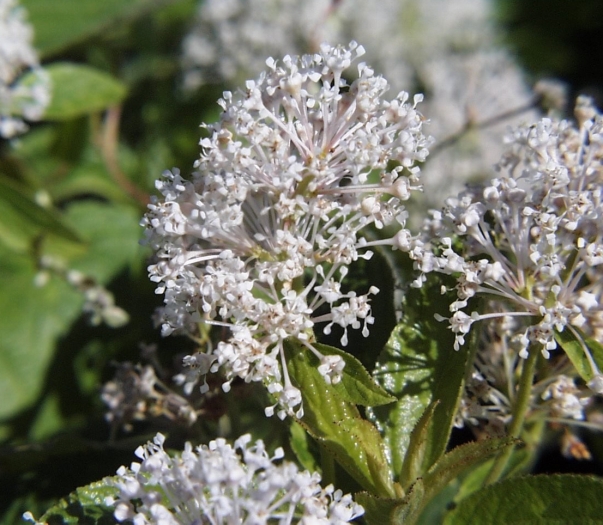New Jersey Tea
(Ceanothus americanus)
New Jersey Tea (Ceanothus americanus)
/
/

unknown author, USFWS
Public domain


















































Estimated Native Range
Summary
New Jersey Tea is valued for its compact size, making it suitable for small gardens, borders, and naturalized areas. It is drought-tolerant once established, requiring minimal maintenance and offering a sustainable choice for xeriscaping. The deep root system makes it useful for erosion control. However, it can be susceptible to leaf spot and powdery mildew in humid conditions. It is not known for aggressive roots or significant disease problems. This shrub is also historically significant, as its leaves were used as a tea substitute during the American Revolution.CC BY-SA 4.0
Plant Description
- Plant Type: Shrub
- Height: 2-3 feet
- Width: 3-5 feet
- Growth Rate: Slow
- Flower Color: White
- Flowering Season: Spring
- Leaf Retention: Deciduous
Growth Requirements
- Sun: Full Sun, Part Shade
- Water: Low
- Drainage: Fast, Medium
Common Uses
Bee Garden, Bird Garden, Border Plant, Butterfly Garden, Deer Resistant, Drought Tolerant, Edible*Disclaimer: Easyscape's listed plant edibility is for informational use. Always verify the safety and proper identification of any plant before consumption., Fragrant, Groundcover, Hummingbird Garden, Low Maintenance, Showy Flowers, Street Planting
Natural Habitat
Prairies, savannas, and open woodlands of the eastern United States
Other Names
Common Names: Jersey Tea , Redroot , Indian Tea , Mountainsweet , Wild Snowball , Céanothe D’Amérique , Céanothus D’Amérique
Scientific Names: Ceanothus americanus , Ceanothus macrocarpus , Ceanothus americanus var. pitcheri , Ceanothus americanus var. intermedius , Ceanothus intermedius , Ceanothus americanus var. americanus , Ceanothus hybridus , Ceanothus milleri , Ceanothus reclinatus , Ceanothus tardiflorus
GBIF Accepted Name: Ceanothus americanus L.